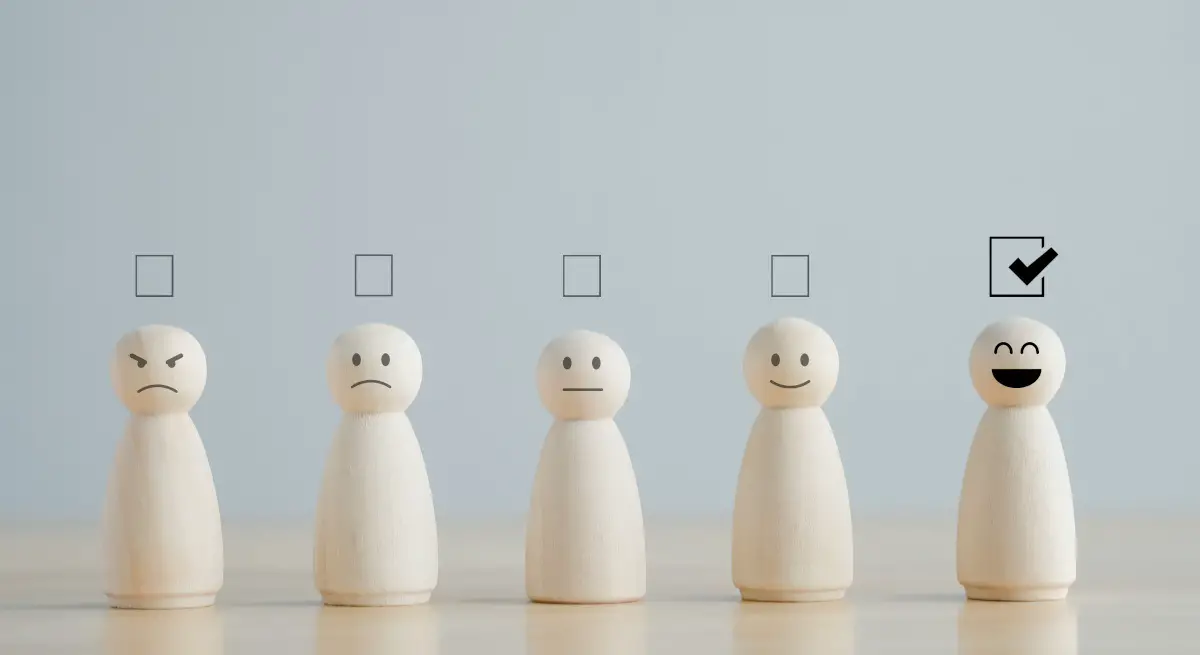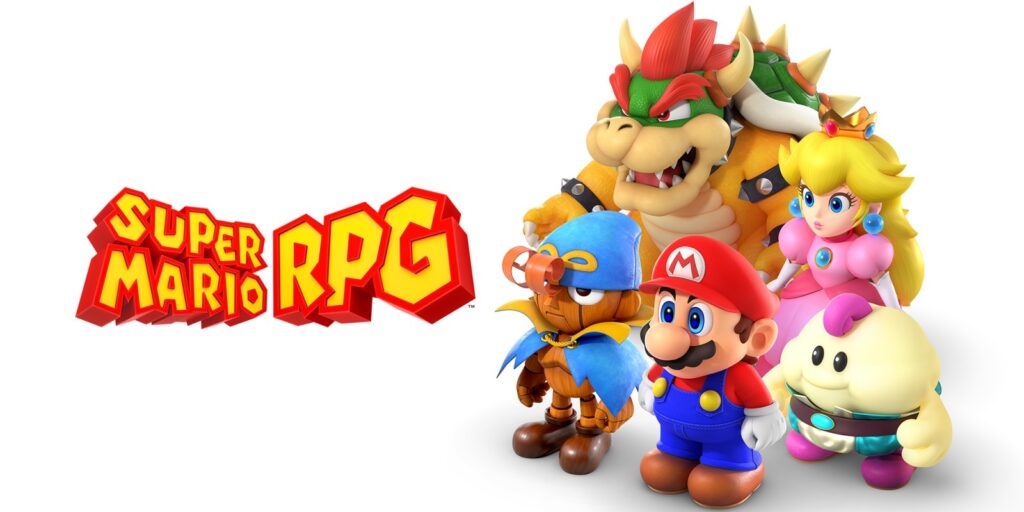Employee wellbeing is a continuous strategy, not a ‘one and done’ task, says Rachel Fellowes, chief wellbeing officer at Aon.
As the chief wellbeing officer of professional services multinational Aon, Rachel Fellowes is responsible for the workplace welfare of some 50,000 people.
The welfare of Aon’s global workforce is certainly “a large component” of her job, she tells SiliconRepublic.com. But it’s not all she does.
“In addition to helping make Aon’s workforce more resilient, I also set the external strategy to help clients achieve the same goal.”
Workplace wellbeing became a key priority for mere survival as well as talent retention for a lot of organisations during the pandemic.
“As wellbeing continues to grow as a priority for organisations around the world, my role helps demonstrate what a successful wellbeing programme looks like and helps clients build out strategies that best suit their workforce,” Fellowes explains.
But what is workplace wellbeing? Can it be defined? “At Aon, we define wellbeing across several essential dimensions: physical, mental, emotional, financial and social.”
‘A trend that we are seeing from employers is that many are implementing new programmes, but struggling to measure the actual success of the program or know if it’s truly making an impact on their employees’ wellbeing’
– RACHEL FELLOWES
Maintaining a wellbeing strategy at work might sound a little frivolous to some people, but Fellowes believes it is very necessary to have in place so staff are happy and therefore productive.
Aon’s wellbeing strategy is informed by data. For external clients, Fellowes says that while lots are implementing wellbeing programmes, many are struggling to track the efficacy of these.
“Right now there are so many options out there, and a trend that we are seeing from employers is that many are implementing new programmes, but struggling to measure the actual success of the program or know if it’s truly making an impact on their employees’ wellbeing.”
Aon uses a performance tracker for corporate wellbeing called the Human Sustainability Index. The tool helps employers develop “more informed wellbeing strategies to better understand what needs to be done” in terms of employee happiness.
Using the data from the index, companies can “make meaningful changes for themselves, their teams and ultimately the organisation”.
Internally, Aon follows a policy that it calls ‘smart working’ – it is an approach that lets workers choose their own career paths and where they work.
The company’s chief people officer, Lisa Stevens, spoke about smart working in more detail as part of a panel event at Future Human last year.
‘It is important to be proactive and approach these conversations with a dose of humanity… Collective, real conversations are far more appealing to talent’
– RACHEL FELLOWES
As part of the autonomy approach, Aon provides workers with access to whatever resources they may need to support their own individual wellbeing, Fellowes says.
“For example, virtual counselling, wellbeing apps, videos and webinars on topics like nutrition, mental health and exercise provide digital resources for colleagues regardless of location.”
Rachel Fellowes. Image: Aon
And Aon has recently introduced its own wellbeing platform called Burnalong so employees can access these resources on demand.
“We also offer colleagues access to Employee Assistance Programmes for free, confidential and 24/7 support and resources to help navigate life’s challenges and stressors, from mental and emotional health support to legal guidance and financial wellbeing,” says Fellowes.
Of course, Aon is a massive company with massive resources at its disposal. The reality is that not every employer can afford to offer its own tailormade programmes for employee wellbeing.
What advice does Fellowes have for these employers? She recommends prioritising wellbeing from the outset – “Consider it a critical component of workforce sustainability.”
Employers should think of wellbeing in terms of their wider company goals. “Leaders should develop a holistic perspective on wellbeing performance and offer a platform to evolve over time as the needs of individuals, teams and organisations change.”
This means asking themselves what wellbeing means for their employees and how they can help employees thrive in a way that is also conducive to the company’s objectives.
“It is important to be proactive and approach these conversations with a dose of humanity,” Fellowes recommends. “Collective, real conversations are far more appealing to talent. Retention and sustainability will follow once companies continually strive to improve the overall employee experience.”
Her parting piece of advice is that employee wellbeing is more a strategy than a “one and done” task.
“It must incorporate listening, analysis and evolution so that it adapts to the specific needs of each organisation’s employees.”
10 things you need to know direct to your inbox every weekday. Sign up for the Daily Brief, Silicon Republic’s digest of essential sci-tech news.
Source link










Leave a Reply